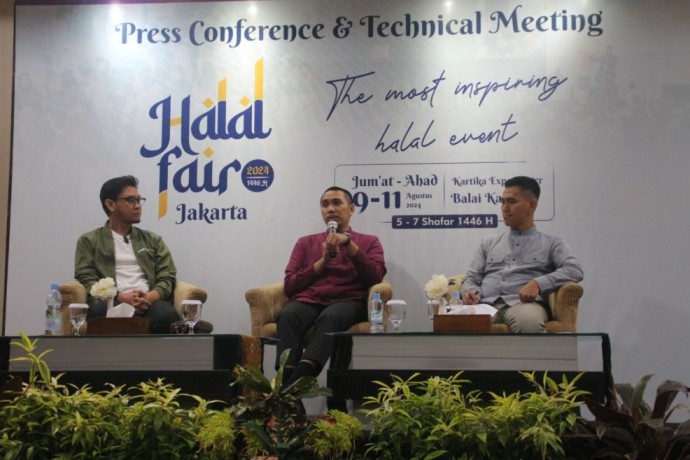Palm oil Indonesia’s future clean energy

Jakarta (Indonesia Window) – Not giving up by Europe’s refusal of palm oil, Indonesia has instead strengthened its commitment to utilizing the commodity in the clean energy mix.
Some countries seem to follow Indonesia’s lead to use biodiesel as clean energy
Malaysia, for example, is currently at the stage of implementing B20, and so are Vietnam, Thailand and Colombia.
“Colombia is now actively planting oil palm,” explained the Deputy for Food and Agriculture Coordination at the Coordinating Ministry for the Economy, Musdalifah Machmud, in a discussion entitled “Palm Oil Discrimination, B30 Ready to Launch” in Jakarta on Monday (9/12).
As more countries have started to use biodiesel, Musdalifah is optimistic that the future of Indonesia’s palm oil is quite bright.
Being the largest oil palm producing country with a production of around 45 million tons per year, Indonesia is the largest exporter of the commodity.
“Our country is very suitable for planting oil palm. Palm oil has helped many farmers,” Musdalifah said, adding that all oil palm plantations in the country are managed with the principle of environmentally friendly.
“The oil palm campaign as a cause of deforestation in the world is incorrect because oil palm is relatively small, as only around 0.3 percent of the world’s deforestation reaches 700 million hectares. In addition, 49 percent of oil palm plantations in Indonesia are owned by the community. This is a very profitable business for the community,” she explained.
According to Musdalifah, the use of palm oil for biodiesel has saved foreign exchange as the import of diesel oil is very significant.
The use of B20 has replaced diesel oil imports by 3.5 million kiloliters.
“When we use B30, at least six million tons of oil palm are needed. Thus this will grow a palm oil business that is capable of absorbing a large number of workers, or about 8.5 million people for direct workers and 12 million people for indirect workers,” she explained.
Reporting by Indonesia Window










